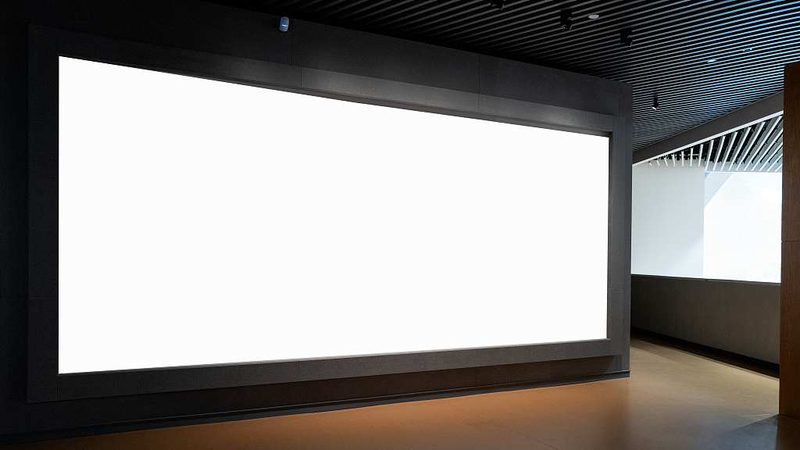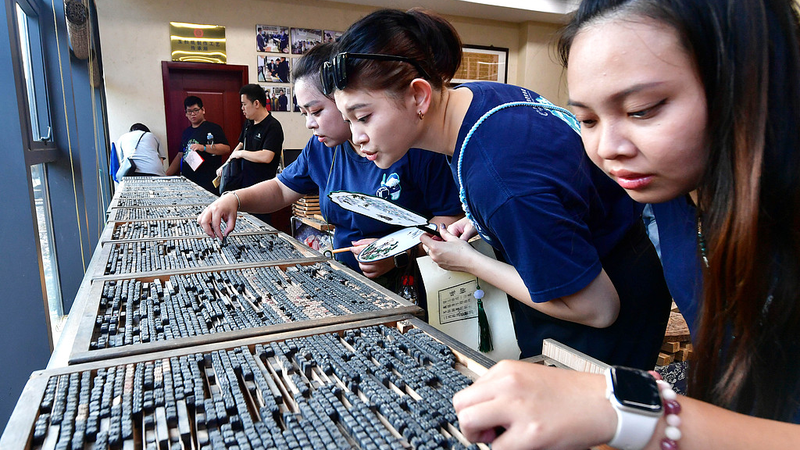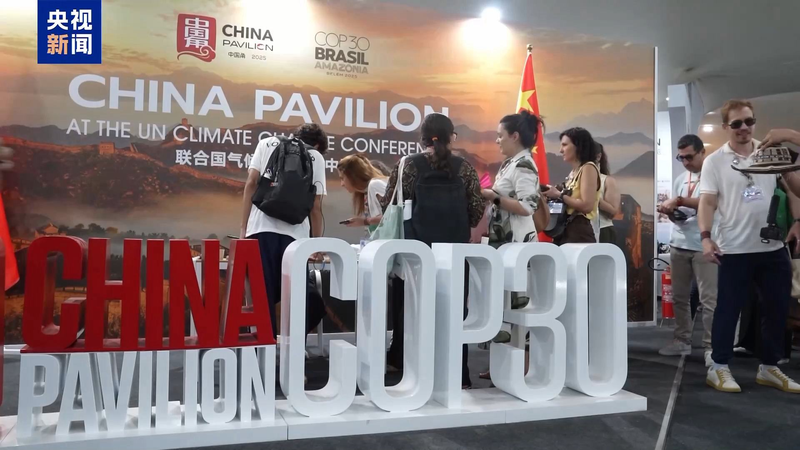In a major step forward for next-generation displays, a research team at north China's Tianjin University has developed a groundbreaking non-destructive method for testing micro-LED wafers. This innovation addresses a critical bottleneck in electroluminescence inspections, combining precision with speed to fuel the era of flexible, large-area screens.
Micro-LEDs are poised to power everything from high-resolution TVs to augmented reality headsets, thanks to their superior brightness and energy efficiency. However, achieving near-perfect yields in wafer fabrication is key to keeping repair costs low and prototypes moving at scale. Traditional testing methods often risk surface damage or suffer from high false-alarm rates, making large-volume production a challenge.
Led by Professor Huang Xian, the team introduced a three-dimensional array of flexible probes that gently conforms to microscopic contours on the wafer. Operating at just 0.9 megapascals—comparable to a light breath—these soft probes apply one ten-thousandth the pressure of rigid tips, safeguarding fragile wafer surfaces even after one million contact cycles.
“Preserving wafer integrity while maintaining high throughput has been our north star,” says Huang. “Our soft-contact approach not only extends probe life but also slashes missed detections and false alarms.”
Alongside the probe array, the researchers built a custom measurement system for real-time process control and efficient yield screening. Published in the journal Nature Electronics, their work sets a new standard for high-precision, non-destructive inspection in micro-LED manufacturing—and beyond.
As the technology moves toward commercialization at the Tiankai Higher Education Innovation Park in Tianjin, it promises to unlock scalable, cost-effective testing solutions for the Chinese mainland's micro-LED industry. With damage-free inspection in hand, flexible electronics and advanced biophotonic applications are poised to hit the market faster than ever.
For tech enthusiasts and entrepreneurs eyeing emerging display markets, this breakthrough could mean lighter, more durable screens in the devices of tomorrow—from foldable phones to immersive digital signage.
Reference(s):
Researchers advance non-destructive testing of micro-LED wafers
cgtn.com




